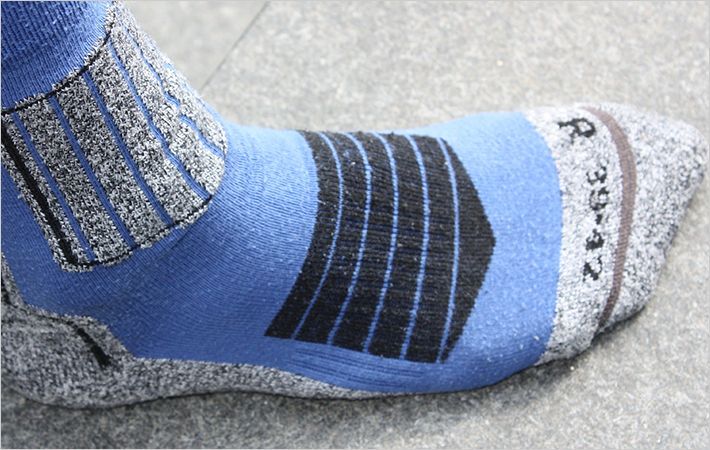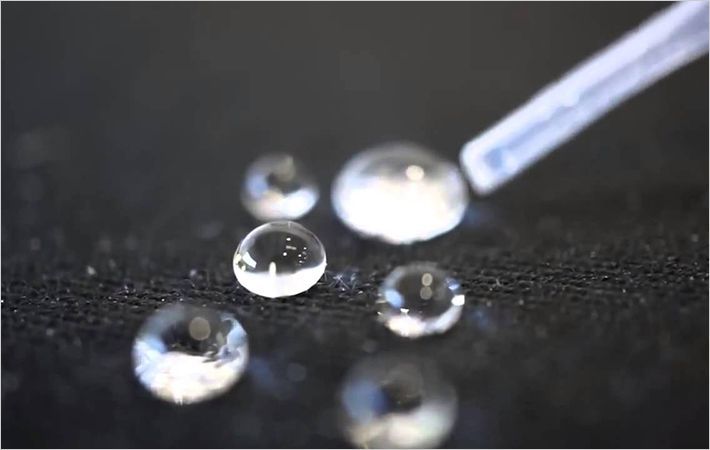Association for the Advancement of Medical Instrumentation (AAMI) has updated a standard with an additional measure one expert says can help ensure that subpar healthcare gowns and drapes don't find their way into operating rooms.
The change to PB70 is “going to tighten the standard up as to what is acceptable and can take to market,” says Donna Swenson, cochair of AAMI's Protective Barrier Committee, which updated the document. Association for the Advancement of Medical Instrumentation (AAMI) has updated a standard with an additional measure one expert says can help ensure that subpar healthcare gowns and drapes don't find #
The standard includes the requirements for testing how well drapes and gowns used in surgeries protect the wearer from fluids. It classifies the products into four levels based on the amount of protection they offer. While the standard is primarily for manufacturers, healthcare providers also find it helpful, Swenson says.
The standard helps users understand “when they pull a particular product off the shelf what kind of protection they can except to get from it,” she says.
The change focuses on the acceptance criteria for a product lot. The standard adds what is called a rejectable quality level (RQL) to help determine if the test results are acceptable and if the product can be released, says Swenson.
The previous version of PB70 recommended manufacturers use only an acceptable quality level (AQL) to set the criteria. Now it recommends manufacturers use both AQL and RQL.
“RQL is generally defined as that level of quality that the sampling plan will accept 10% of the time,” Swenson says. “This means lots at or worse than the RQL are accepted—at most—10% of the time. In other words, they are rejected at least 90% of the time. Using both AQL and RQL criteria will provide a high probability that the consumer will only receive unacceptable product a very small percentage of the time.”
Providing Flexibility
The standard also includes a change that gives manufacturers greater latitude when testing their products, Swenson says.
When manufacturers test their fabric, they place a blotter paper underneath it and then spray the fabric with water. The blotter paper absorbs whatever water goes through the fabric.
The amount of water on the paper determines the product's level of protection, Swenson says.
For years, manufacturers have used a test from the American Association of Textile Chemists and Colorists (AATCC), but the blotter paper employed in that test is no longer being manufactured, although some test houses still have a supply.
The standard now allows manufacturers to use a test called WSP80.3, which does not require the use of any specific paper, but allows the use of any blotter paper that meets the specifications in PB70. “It is a similar test that should give equivalent results,” Swenson says. “It is just giving manufacturers a little bit of flexibility, but maintaining the same standard.”
The standard's full title is ANSI/AAMI PB70:2012, Liquid barrier performance and classification of protective apparel and drapes intended for use in health care facilities.
AAMI, the Association for the Advancement of Medical Instrumentation, is a nonprofit organization founded in 1967. It is a diverse community of nearly 7,000 healthcare technology professionals united by one important mission—supporting the healthcare community in the development, management, and use of safe and effective medical technology.
Association for the Advancement of Medical Instrumentation (AAMI)

